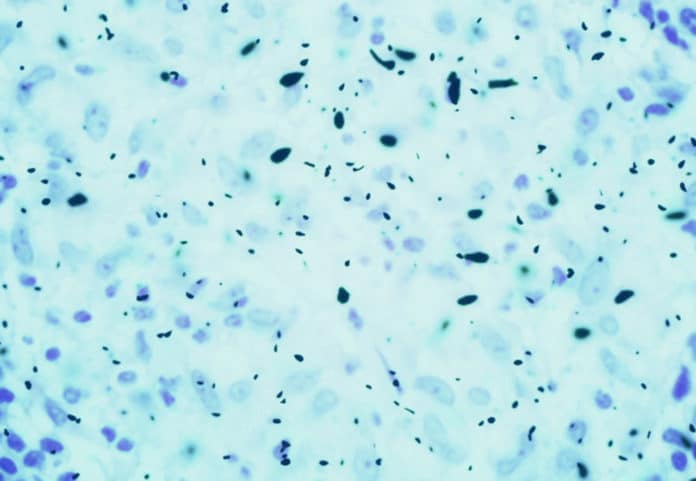In real-life environments, fluids frequently contain particles that move themselves; for example, tiny swimming microorganisms. These self-moved swimmers can cause movement or stir in the fluid, which drives it away from equilibrium.
Examinations have indicated that non-moving passive particles can show peculiar, loopy motions while interacting with active fluids containing swimmers. Such movements don’t fit with the conventional particle behaviors by Brownian movement thus far; hence scientists have struggled to clarify how such large-scale particular movements result from microscopic associations between individual particles.
Scientists from Tsukuba University, École Polytechnique Fédérale de Lausanne, Imperial College London, and the Queen Mary University of London, have presented a novel theory to explain observed particle movements in these dynamic environments.
The theory is expected to aid scientists in the comprehension of how microorganisms forage for nutrients, and how randomness arises in real-life, out-of-equilibrium systems like financial markets.
According to scientists, it could help make predictions about real-life behaviors in biological systems, such as the foraging patterns of swimming algae or bacteria.
Co-author Dr. Andrea Cairoli, who performed the work while part of Imperial’s Department of Bioengineering and is now at the Francis Crick Institute, said: “By swimming, microorganisms like bacteria and algae inject energy in the fluid and stir it up, which induces movement in the passive particles. Our work builds on various experimental results to construct a theory that can describe the motion of these passive particles comprehensively.”
Queen Mary University of London’s Dr. Adrian Baule, who managed the project, said: “Brownian motion is widely used to describe diffusion throughout physical, chemical and biological sciences; however it can’t be used to describe the diffusion of particles in more active systems that we often observe in real life.”
With the help of this new theory, scientists were able to derive a useful model for particle motion in ‘active’ fluids, which accounts for all experimental observations.
Their calculation uncovers that the effective particle dynamics follow a purported ‘Lévy flight,’ which is broadly used to portray extreme movements in complex systems that are very far from typical behavior, for example, in environmental frameworks or quake dynamics.
First author Dr. Kiyoshi Kanazawa from the University of Tsukuba said: “So far there has been no explanation of how Lévy flights can occur based on microscopic interactions that obey physical laws. Our results show that Lévy flights can arise as a consequence of the hydrodynamic interactions between the active swimmers and the passive particle, which is very surprising.”
The team found that the density of active swimmers also affected the duration of the Lévy flight regime, suggesting that swimming microorganisms could exploit the Lévy flights of nutrients to determine the best foraging strategies for different environments.
Dr. Baule added: “Our results suggest optimal foraging strategies could depend on the density of particles within their environment. For example, at higher densities, active searches by the forager could be a more successful approach. In contrast, at lower densities, it might be advantageous for the forager to wait for a nutrient to come close as it is dragged by the other swimmers and explores larger regions of space.”
Journal Reference:
- Loopy Lévy flights enhance tracer diffusion in active suspensions. DOI: 10.1038/s41586-020-2086-2
